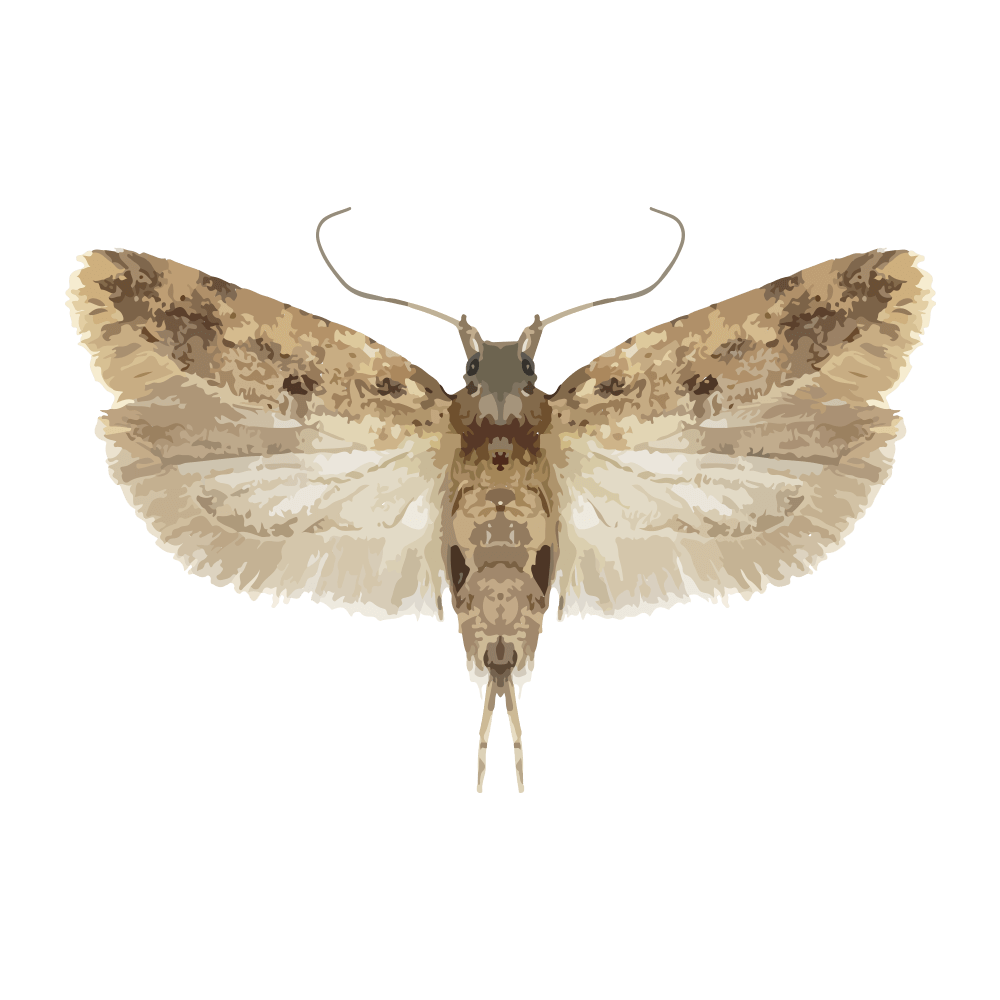


| Latin Name | Pectinophora gossypiella |
| Common Name | Pink bollworm |
| Biology | Adults are nocturnal, exhibiting strong phototaxis toward black light lamps, and lay eggs on cotton buds, squares, or young leaves. Larvae bore into cotton buds, flowers, bolls, and seeds, causing bud and boll shedding, deformed bolls, and seed damage, severely impacting cotton yield and quality. Completing 2–7 generations annually, this pest overwinters as mature larvae in cotton warehouses, cottonseed shells, or similar shelters. |
| Damage | This pest primarily damages cotton, it also threatens eggplants, peppers, and other Solanaceae plants. |
| Distribution Regions | Global cotton-growing regions |
| Monitoring | Pheromone lures mimic natural sex pheromones to attract male insects into specialized traps for population monitoring and suppression. As a core IPM component, monitoring enables early risk detection and targeted control. Mass trapping reduces mating opportunities to curb offspring populations. Protocols: ●Use only with matched traps. ●15-45 traps/hectare,replace/replenish every 4-6 weeks. ●Wear gloves or wash hands with detergent when switching lure types. ●Refer to trap-specific hanging instructions. |
| Recommended Traps | Delta Trap, Wing Trap |

分享您的联系信息,即可获得精准匹配的信息素解决方案。如果我们现有的产品组合缺乏最佳匹配,我们的合成化学团队将启动定制开发——从分子结构设计到规模化生产。